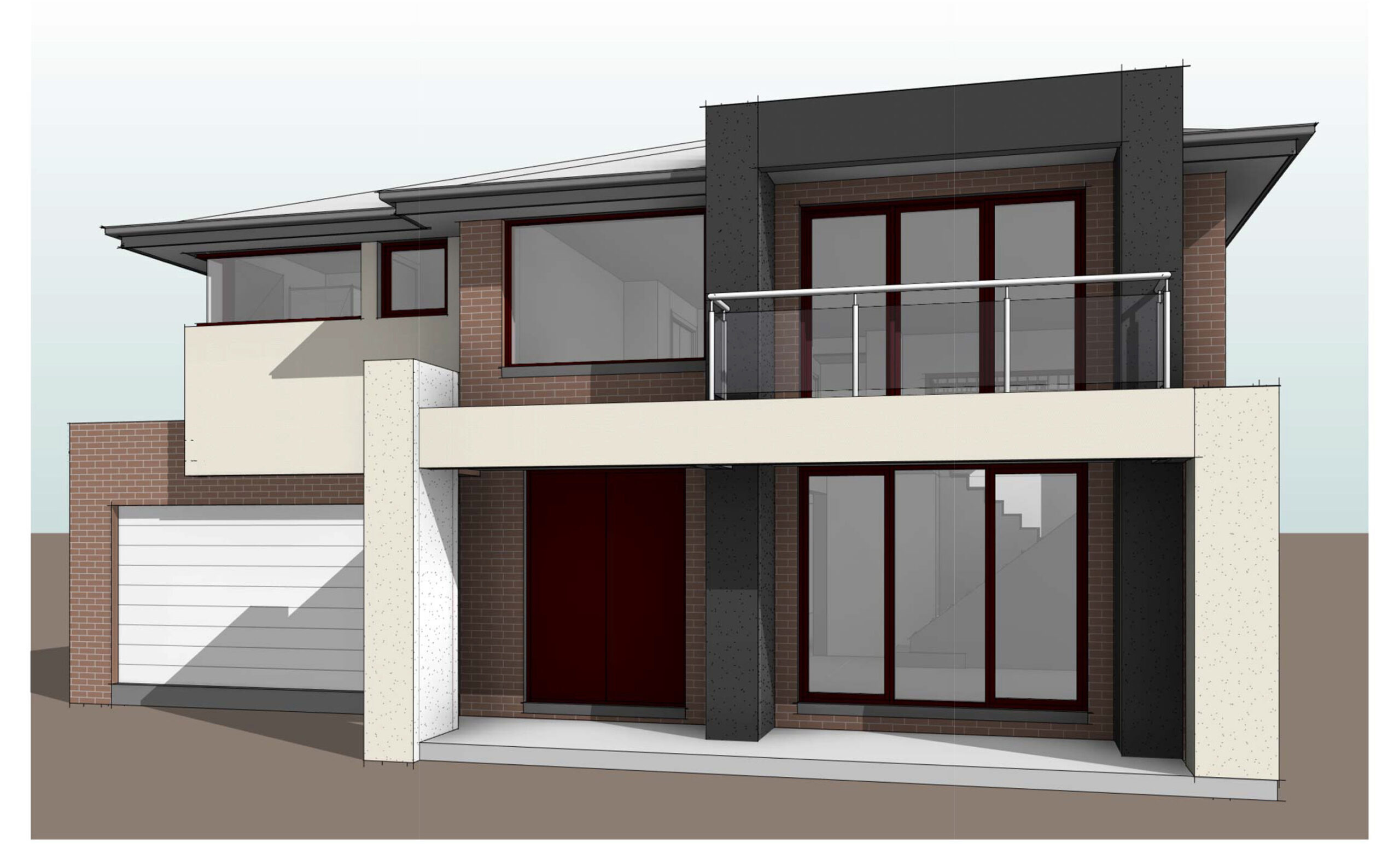BIM: The Future of Outsourcing Architectural Works
Posted on : Sep 11, 2023
In today’s ever-evolving world of architecture and construction, technological advancements have reshaped the way professionals approach their craft. Building Information Modeling (BIM) has emerged as a revolutionary tool that not only streamlines the architectural process but also sets the stage for a new era in outsourcing architectural works. In this article, we will explore how BIM is poised to redefine the future of architectural outsourcing.
Understanding BIM
Before delving into its impact on outsourcing, let’s grasp the essence of BIM.
What is BIM?
BIM, short for Building Information Modeling, is a digital representation of a building’s physical and functional characteristics. It goes beyond mere 3D modeling, incorporating data and intelligence into the design. Architects and engineers use BIM to create and manage building projects throughout their lifecycle.
Benefits of BIM
Enhanced Collaboration: BIM encourages collaboration among architects, engineers, and contractors, fostering seamless communication.
Improved Accuracy: BIM reduces errors and discrepancies in design and construction, resulting in cost savings.
Efficient Project Management: It enables efficient project scheduling, reducing delays.
Sustainability: BIM allows architects to optimize designs for sustainability, saving resources and energy.
BIM and Architectural Outsourcing
The integration of BIM into the architectural industry has opened up new avenues for outsourcing. Here’s how BIM is reshaping this landscape:
Global Talent Pool
Access to Global Talent: BIM allows architects to collaborate with talent worldwide. Architects can outsource specific tasks or entire projects to experts in other countries, benefiting from diverse skills and cost advantages.
Streamlined Design Processes
Efficiency in Design: Outsourcing architectural works becomes more efficient with BIM. Complex designs can be shared and worked on in real-time, reducing time constraints.
Cost-Effective Solutions
Reduced Overheads: Outsourcing architectural works means reduced overhead costs for physical office space and infrastructure. This leads to significant cost savings.
Scalability
Scalable Resources: BIM enables architects to scale their workforce according to project requirements. This flexibility ensures projects are adequately staffed without unnecessary expenses.
Time-Saving
Accelerated Project Timelines: With the aid of BIM, outsourced teams can collaborate seamlessly, leading to faster project completion.
Challenges and Solutions
While BIM holds immense potential for outsourcing, challenges exist. It’s essential to address these challenges effectively:
Data Security
Secure Collaboration Platforms: Architects must use secure online platforms for data sharing and collaboration.
Communication Barriers
Effective Communication: Clear communication protocols and language proficiency must be established when working with global teams.
Quality Assurance
Strict Quality Control: Architects should implement rigorous quality control measures to maintain high standards.
Legal and Regulatory Compliance
Legal Expertise: Understanding international laws and regulations is vital when outsourcing architectural works across borders.
The Future of Architectural Outsourcing with BIM
As we look ahead, it’s evident that BIM is set to become the cornerstone of architectural outsourcing. Its capacity to enhance collaboration, reduce costs, and accelerate project timelines positions it as an invaluable tool in the industry’s evolution.
Conclusion
In conclusion, Building Information Modeling is not just a technological advancement but a game-changer in architectural outsourcing. Embracing BIM opens doors to a world of opportunities, connecting architects with global talent and revolutionizing the way we design and build. As the architectural landscape continues to evolve, BIM stands tall as the future of outsourcing architectural works.




